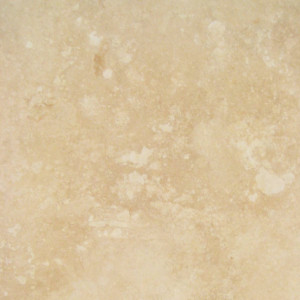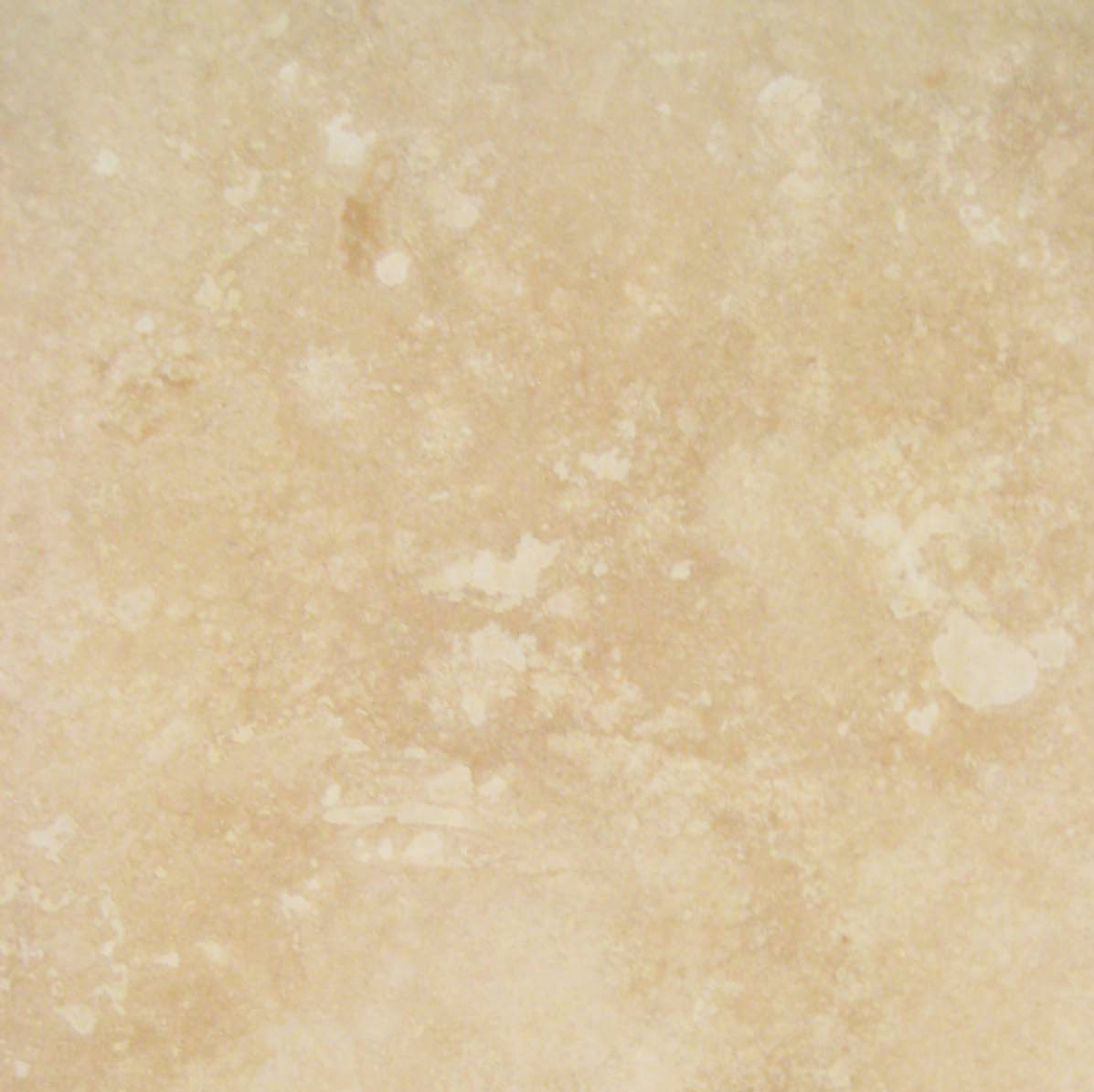 These days, marble flooring is all the rage. It’s the number one seller in the builder’s market in regards to interior finishings. In fact, natural stone has become the most preferred type of building material in construction. The obstacle for some builders and contractors is that not everyone can afford the expense of marble. Yet because of the high demand of natural stone, contractors have decided to look at other alternatives, like travertine.
These days, marble flooring is all the rage. It’s the number one seller in the builder’s market in regards to interior finishings. In fact, natural stone has become the most preferred type of building material in construction. The obstacle for some builders and contractors is that not everyone can afford the expense of marble. Yet because of the high demand of natural stone, contractors have decided to look at other alternatives, like travertine.
Travertine, the Other Alternative
Travertine is another type of natural stone that has been installed in many builds. You may have noticed travertine in outdoor water features, near swimming pools, public parks, or even in kitchens and bathrooms. Travertine is simply another alternative to using marble, and it typically cost less too!
Why is Travertine Cheaper?
Just because travertine may cost less than marble doesn’t make it an inferior building stone. On the contrary, travertine has qualities that marble doesn’t. One of the main reasons travertine is cheaper is simply because it doesn’t take as much labor to mine like marble does.
How Travertine is Made
While marble is embedded deep within the earth, travertine is formed above ground, making it easier to mine. It is developed near caves and hot springs through the accumulation of precipitation. Yes, given the right place, time and natural material, precipitation can actually form a natural stone. In the case of travertine’s origin, the carbonate minerals from the solution and surface water are the catalyst of composing this kind of rock.
Difference Between Travertine and Marble
The main property that makes travertine unique is its texture. Through the slow precipitation process of carbonate minerals, other foreign objects get caked in through its formation process. Growing moss, algae and any other organic substances in the environment get layered in creating a porous texture.
Unlike marble, travertine comes in white, tan, cream and a washed-out brownish tone. Depending on where the travertine was formed will ultimately determine how much color the stone will achieve. Because travertine is mostly made from hot springs, the lighter tone will apply. For travertine that is developed in areas where moss or other organic materials form, slight colorization will most likely occur.
The good thing about travertine is that these natural color tones are guaranteed to complement any décor, but designers who prefer a natural stone with a little more pop of color may have to consider marble.
What Makes Travertine the Better Threshold?
Conveniently enough, travertine’s porous property works perfect for surfaces that might otherwise be slippery. That is why travertine is best used for damp spaces and outside use. Its surface provides better traction and would prevent any slip and falls. It also makes the perfect material for a threshold.
About Thresholds
Thresholds are placed at the bottom of a doorway to provide stability. Without a threshold, a doorway would sway because there is nothing to brace the entryway should any pressure like strong weather pushes against a dwelling. Doors are basically a big hole in a wall. When you cut into a wall, you’ve weakened its stability. The only thing that can reinforce that hole is some type of brace that will prevent the wall from caving in. In the case of a doorframe, the threshold would act as that barrier.
Threshold Options
For travertine thresholds, there are two different kinds that builders and developers can choose from:
- Standard Double Bevel – The standard double bevel threshold looks like a block with beveled edges to provide safe foot traffic. This particular type of threshold can be installed two ways: embedded into the floor along with the other flooring to give a seamless transition from one space to another. The other way is by installing on the same level where the travertine threshold serves as a mini barrier between spaces. This feature is most beneficial for shower stalls, bathroom doors, laundry rooms, locker rooms, and any other areas where there is constant water seepage.
- Hollywood Bevel – Often referred to as the ‘handicapped bevel,’ the Hollywood Bevel is designed like a standard double bevel threshold with one exception: it has an incline. These kind of thresholds work well if you don’t want to bother with an embedded installation, but require easy transition for wheeled objects like a wheelchair, food and beverage cart, gurney, and so forth. There are two types of Hollywood Bevels:
- Single – The Single Hollywood Bevel has an incline on one side. This kind is recommended for doorways that serve as an end to a floor.
- Double – The Double Hollywood Bevel has an incline on both sides. For this kind, doorways that transition from one space to another would typically be used for this purpose.
ADA Compliance
- What does being ADA Compliant mean?
- Being ADA Compliant means that your company and/or product is adhering to the terms comprised by the Americans with Disability Act that was established in 2010. This means that whatever materials you are selling are handicapped accessible.
The travertine thresholds supplied by Stonexchange, a natural stone and threshold windowsill distributor in Miami, Florida are all ADA Compliant, provided that you install your thresholds as instructed here. Thresholds for the specific use of a door barrier can not exceed ¾” in height for exterior doors, or ½ “ for other types of doors. Additionally, thresholds must have a beveled slope.
Buying Thresholds in Bulk
If you are going to purchase travertine thresholds, as a business owner, the wisest choice is to purchase your material at wholesale prices. Buying your thresholds in bulk will keep you fully stocked for future projects and also save your company money. Natural stone distributors like Stonexchange offers reasonable discounts to bulk buyers. The minimum packing quantity is 200 for two 2″ x 36″ x ½” travertine thresholds. Stonexchange will delivers your travertine thresholds anywhere in the United States (US).
So decorate your next building project with the less expensive alternative. If you are interested in getting your supply of travertine thresholds from Stonexchange, call us today at 305-731-2400 or contact us online and one of our customer service representatives will contact you as soon as possible.

